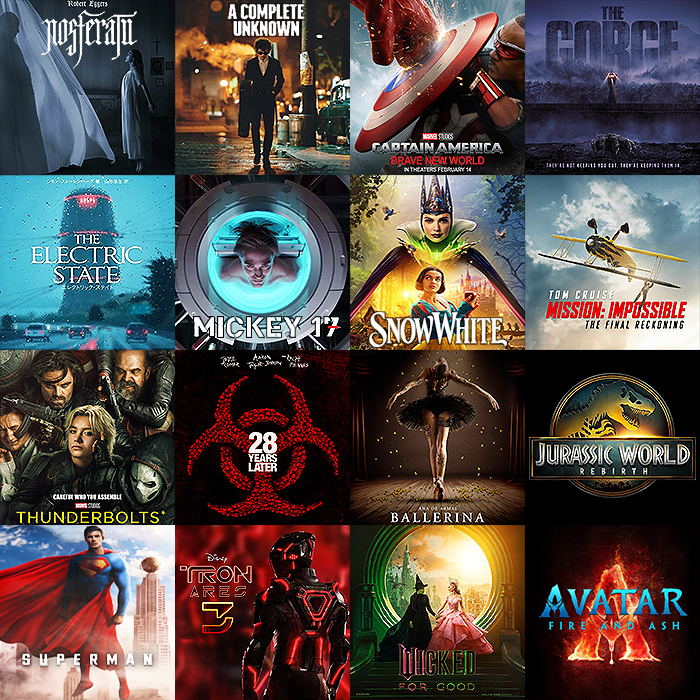10 amazing ways Clickbaiting can ramp up your site traffic

Ah well - ’Awesome’, ’Amazing’, ’Fantastic’, ’Magnificent’, ’Life-Changing’ etc. all these words are somewhat overused these days, very much a victim of their own sensationalist success. It seems that everyone these days is writing ’Tabloid-style’ headlines - in an attempt to attract more traffic to their site/s. It’s not surprising really, considering that for Mashable and Buzzfeed, this is pretty much their entire reason for being. You can’t avoid it truly - open up any Social Media app - and the top 10 highlights will most likely be from the school of Clickbaiting.
From my own experience, some of my own more popular articles over the years have followed some of the parameters of clickbaiting, however unintentionally. Most consumers these days are strapped for time, and possibly have issues on concentrating on any task for more than a couple of minutess. The essence of Clickbaiting thus is a snappy headline - followed by bitesize-style content. Often peppered with pictures, and never more text per item / picture than you might see in the most involved of graphic novel text panels.
I’ve tried to distil down to the 10 most common types of clickbaiting articles:
List (Top 10 of almost anything)
We love lists - ’10 Best Cities to live in’, ’All Time Top 10 Grossing Movies’ etc. - it’s a straight line-in for debate on certain topics, or can consists of absolute hard facts for others (statistically speaking). If you are in retail, charts are one of key motivators - everyone wants to know what the bestsellers are. And being at the top of the charts stimulates sell-on like nothing else - a number one hit single will sell a significant follow-on portion just because it’s number one!
Guide / Instructions (How to be a millionaire in 7 days / 7 steps)
Simple stepped guides are the essence of clear instructions - Lego and IKEA do it in one way, but there are several different types of instructional guides from very strict process-oriented ones to more chatty suggestive ones. Consumers love having things simplified for them, and if you can break it down into a few simple steps, so much the better.
Hyperbole (The best most amazing ever X)
It’s always amused me when I see the word ’livid’ used in tabloid newspapers - someone shows a mild annoyance about something, or questions why something is done in a certain way, and they are almost always quoted as being ’livid’ rather than ’somewhat peeved’ or ’marginally annoyed’. Some headline-writing is all about the poetic licence of exaggeration. Using Hyperbole is the essence of sensationalism - making something seem bigger than it necessarily really is.
Quiz (Which of these is you?)
The web is ripe with quizzes these days - I can’t go anywhere without seeing ’Which Game of Thrones Character are You?’, ’Where should you be living’ etc. - I see quizzes on all the main newspaper sites, tech blogs, and of course via various sources on Facebook. Nothing is easier than clicking on a dozen or so multiple-choice options - most times you get platitudes every which way. A quiz can be a great way to introduce discussion topics or new campaigns. It’s a very straightforward way to stimulate participation.
Correction (Why everything you know about X is wrong)
Challenging the status quo is almost always an attention-grabber - and often the headline disguises the truth as you already knew the points being made, or else the article is structured to reinforce rather than undermine. It’s a useful bridging technique and a great way to introduce your way of doing things when selling differentiated products or services to customers.
Suggestion (What you should be doing)
’Staying in is the new going out’, ’Blue is the new Black’, ’Midi is the new Mini’ etc. - basically what the fashion press does several times every day. This is the opposite of ’Correction’ which is about how you’re doing everything wrong - Suggestion is about positively reaffirming / reinforcing certain modes of behaviour.
Comparison (Why X is better than Y)
This can both be one vs one or a larger group comparison / group test. When you review something it is usually stronger when you can do a side-by-side comparison, and even better when you can compare within a specific group. Audio Visual publication ’Group Tests’ with ’Best Buy’ singled out are a very strong consumer influencers. Generally speaking you can get your point across stronger when comparing like for like attributes and clearly identifying differences and advantages.
Empathy (Why only X type of person can understand Y)
Drawing someone into your circle by creating a shared experience; e.g. ’10 things only engineers will understand’ - this helps elevate and connect with very specific target audiences. This works on making a certain group feel better about themselves, and then ’selling-into’ their shared mindspace / mindset.
Executive Summary (All you need to know about X in 100 words / 10 pictures / 60 seconds)
The essence of the soundbyte - distilling something down to the bare essentials. Actually quite a difficult and highly valued skill - e.g. summarising the whole of Tolstoy’s ’War and Peace’ into a single paragraph, or even a few paragraphs. As previously stated, time is of the essence in contemporary society and people love dealing in soundbytes. Entire industries are based around the practice of summarising - including well-known literature study guides CliffsNotes and Letts.
Example (10 things we can learn from X)
E.g. ’10 things we can learn from the Romans’ / New Yorkers etc. - Educational frames-of-reference based on a particular group of people, animals, objects or events - usually made topical within current events; e.g. ’10 things we can learn about air safety from the Air Malaysia disaster’.

Did you find this content useful?
Thank you for your input
Thank you for your feedback
Upcoming and Former Events
Affino Innovation Briefing 2024
Webinar - Introduction to Affino's Expert AI Solutions - Session #2
Webinar - Introduction to Affino's Expert AI Solutions - Session #1
PPA Independent Publisher Conference and Awards 2023
Meetings:
Google Meet and Zoom
Venue:
Soho House, Soho Works +
Registered Office:
55 Bathurst Mews
London, UK
W2 2SB
© Affino 2024



















